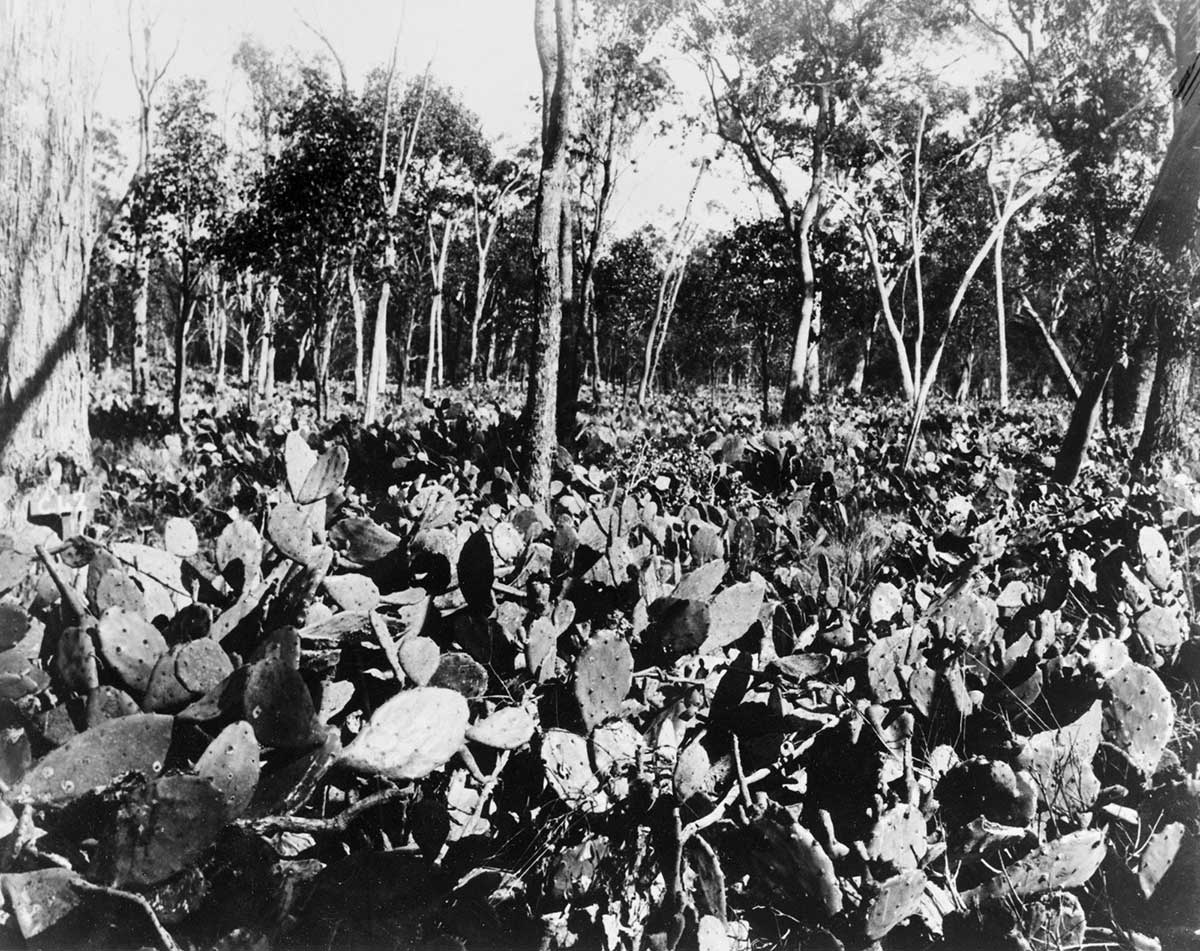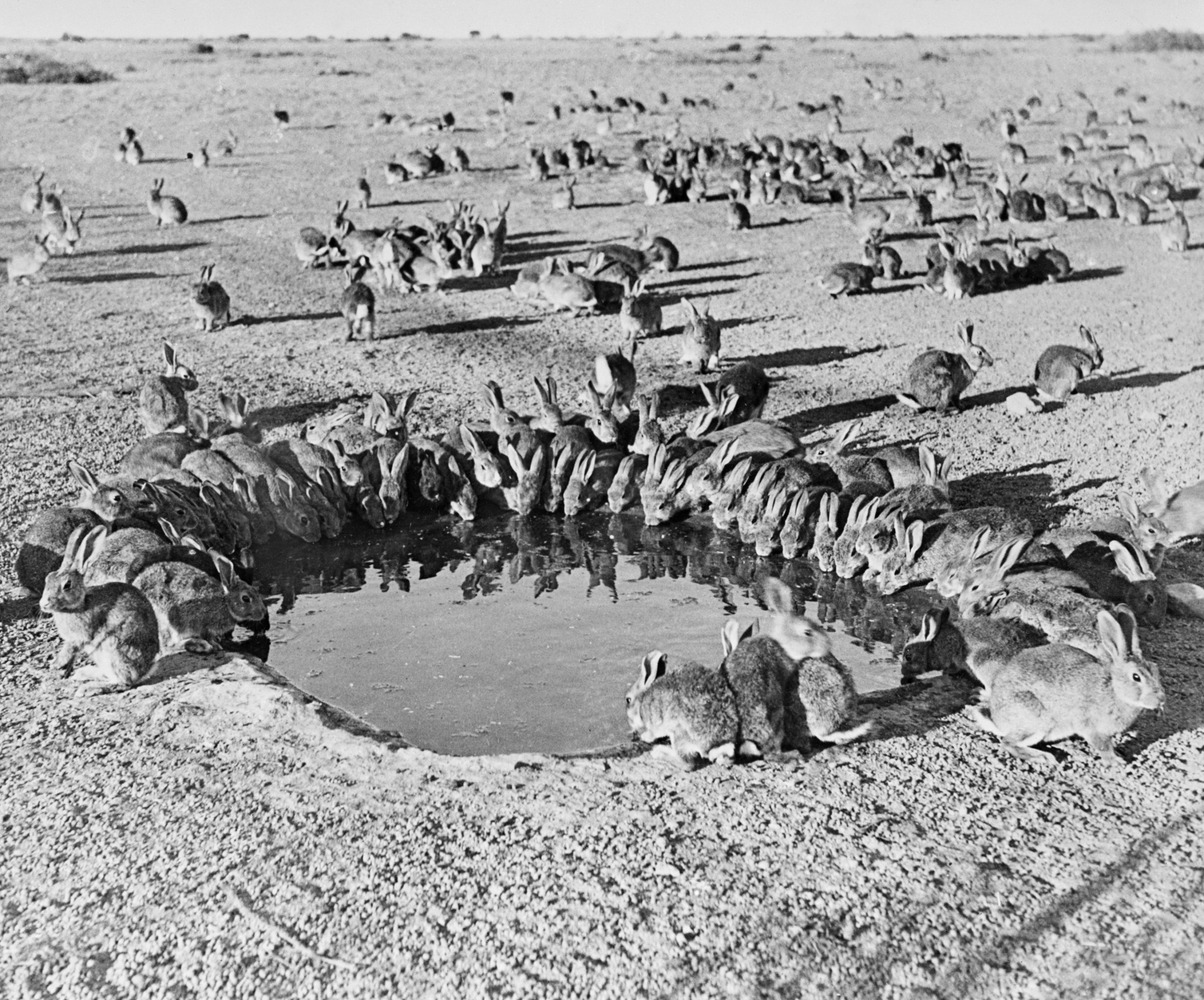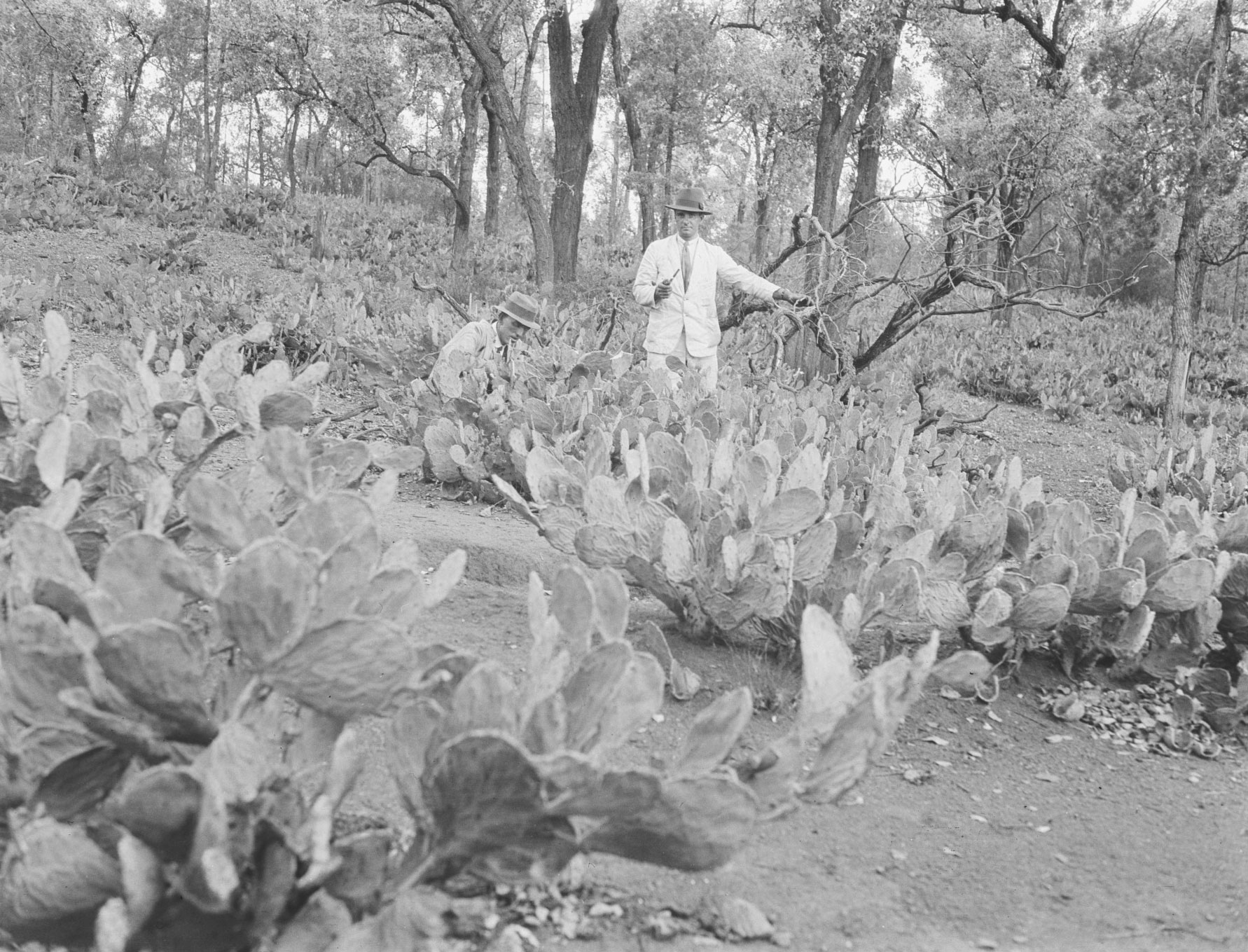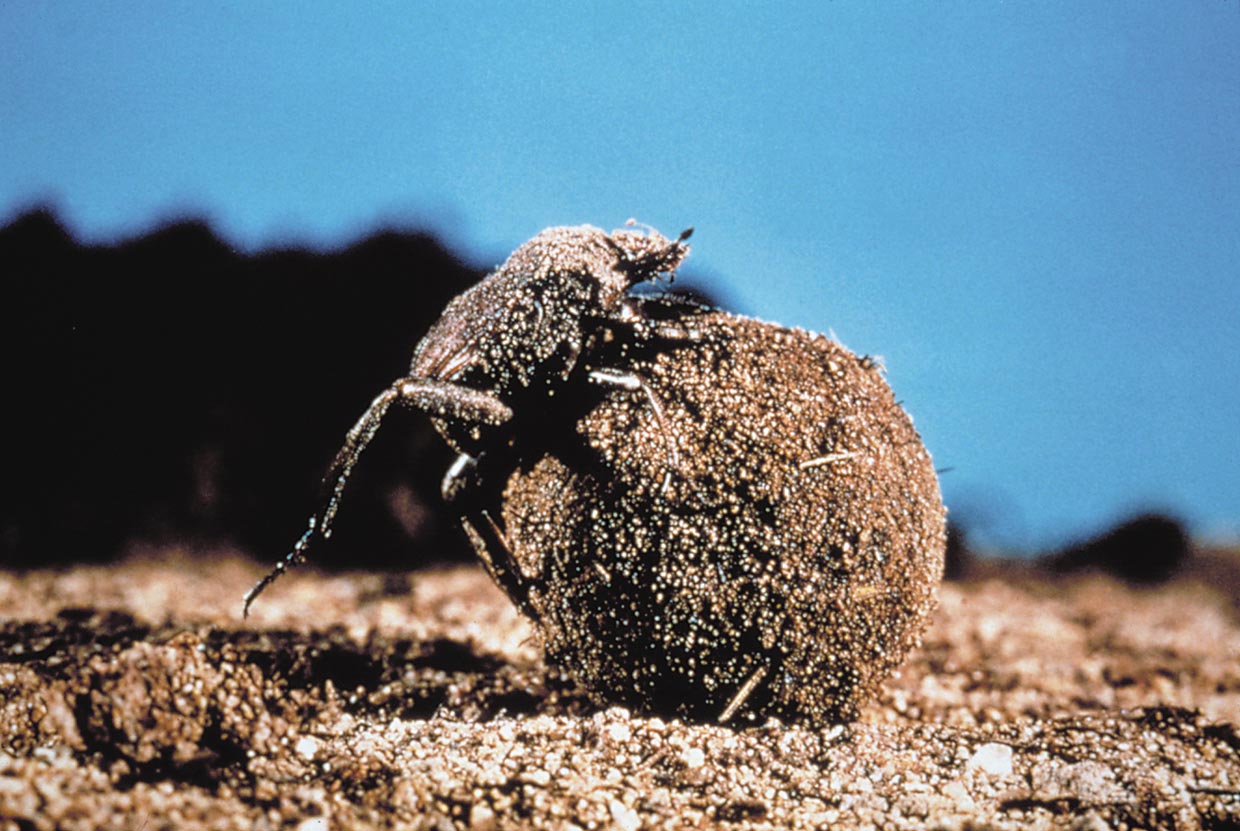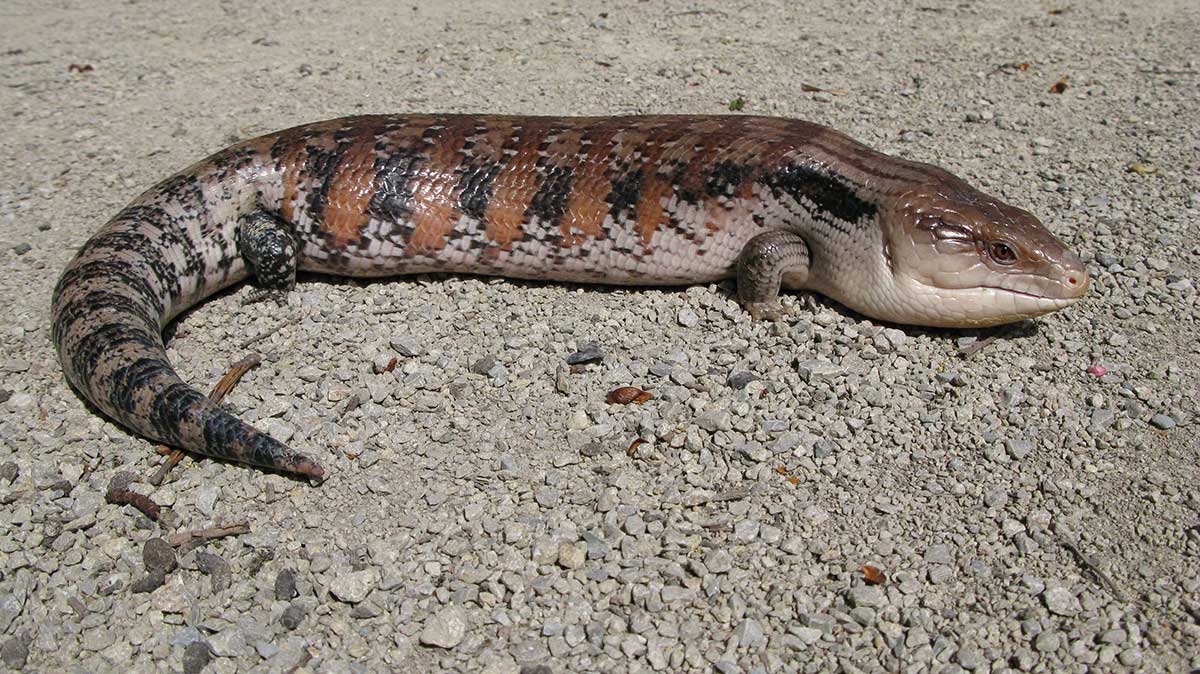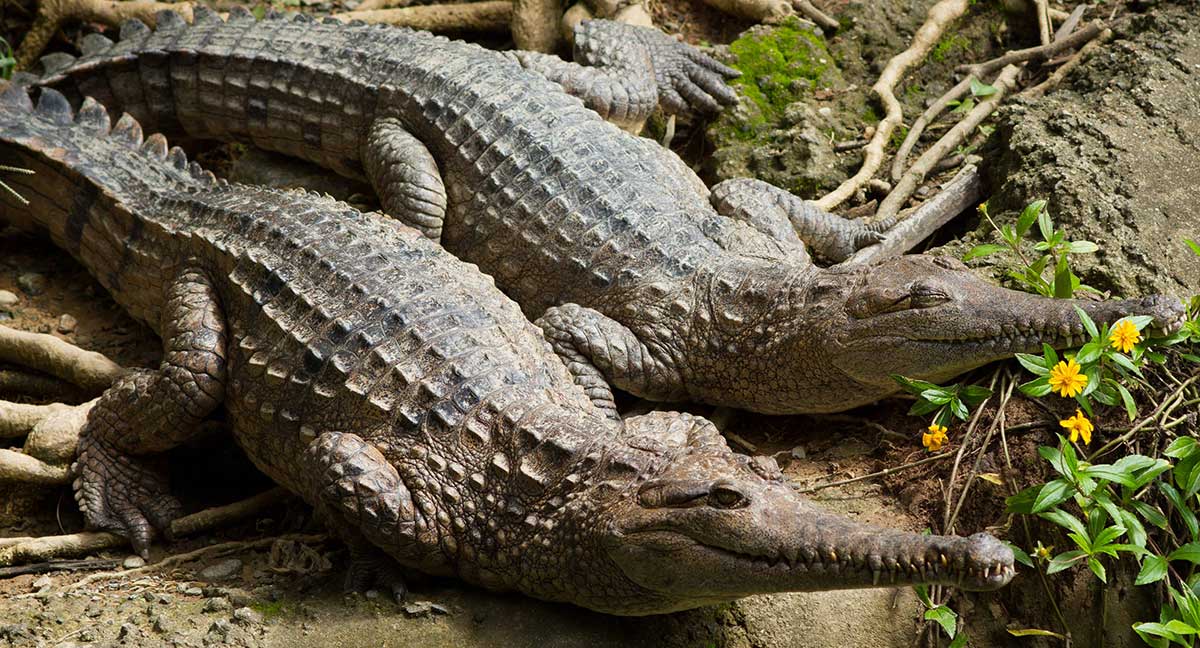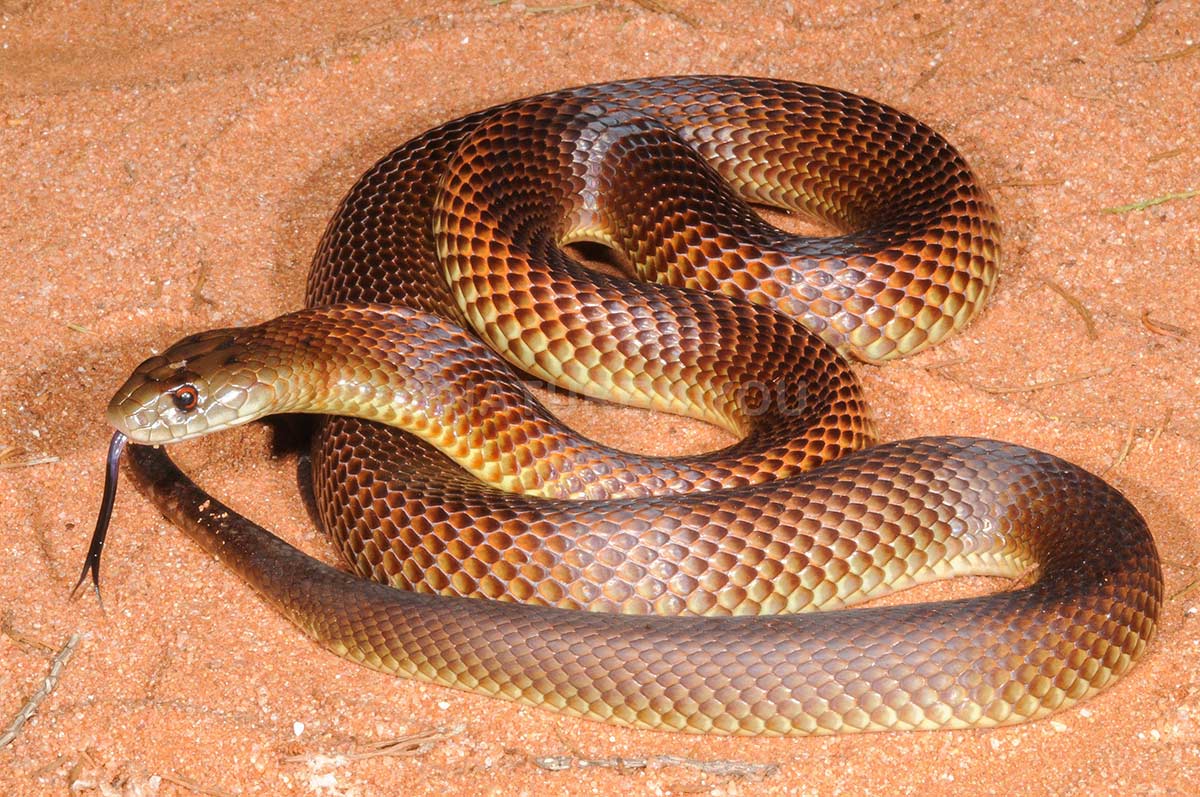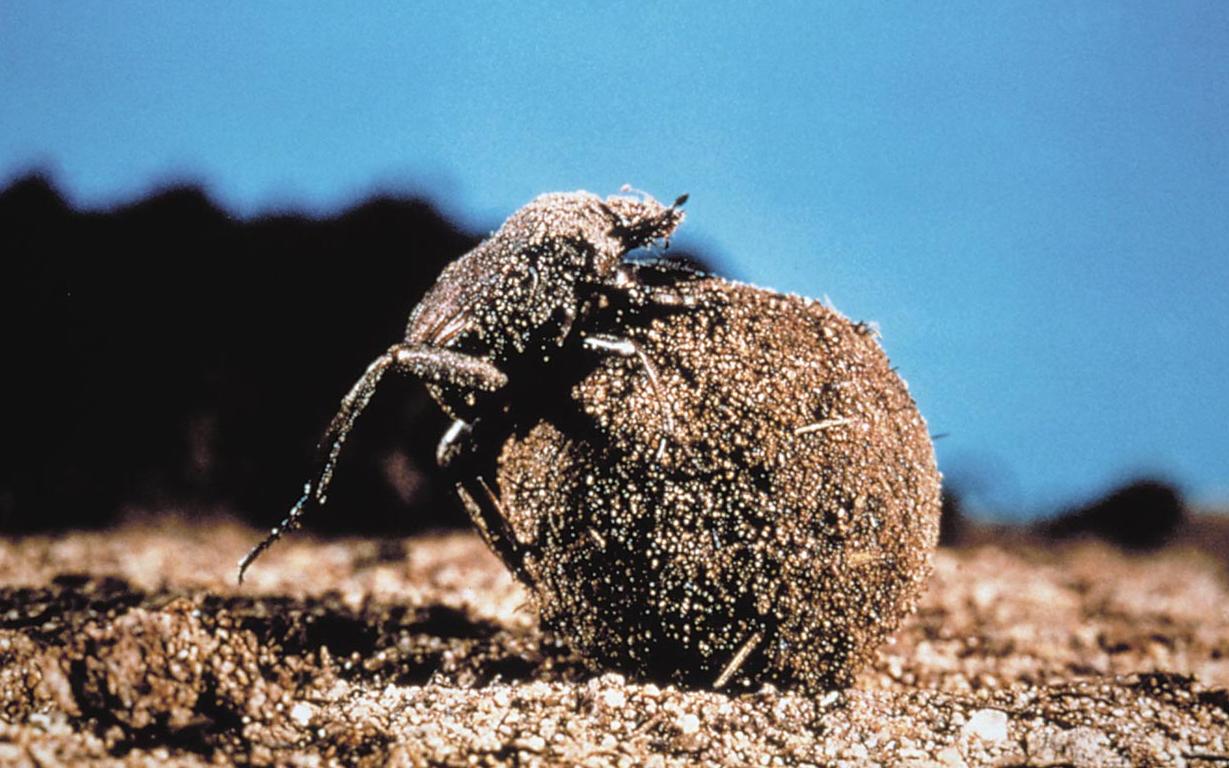Learning module:
Landforms and landscapes Defining Moments
Introduced species
2.5 The toad that came to stay — cane toads
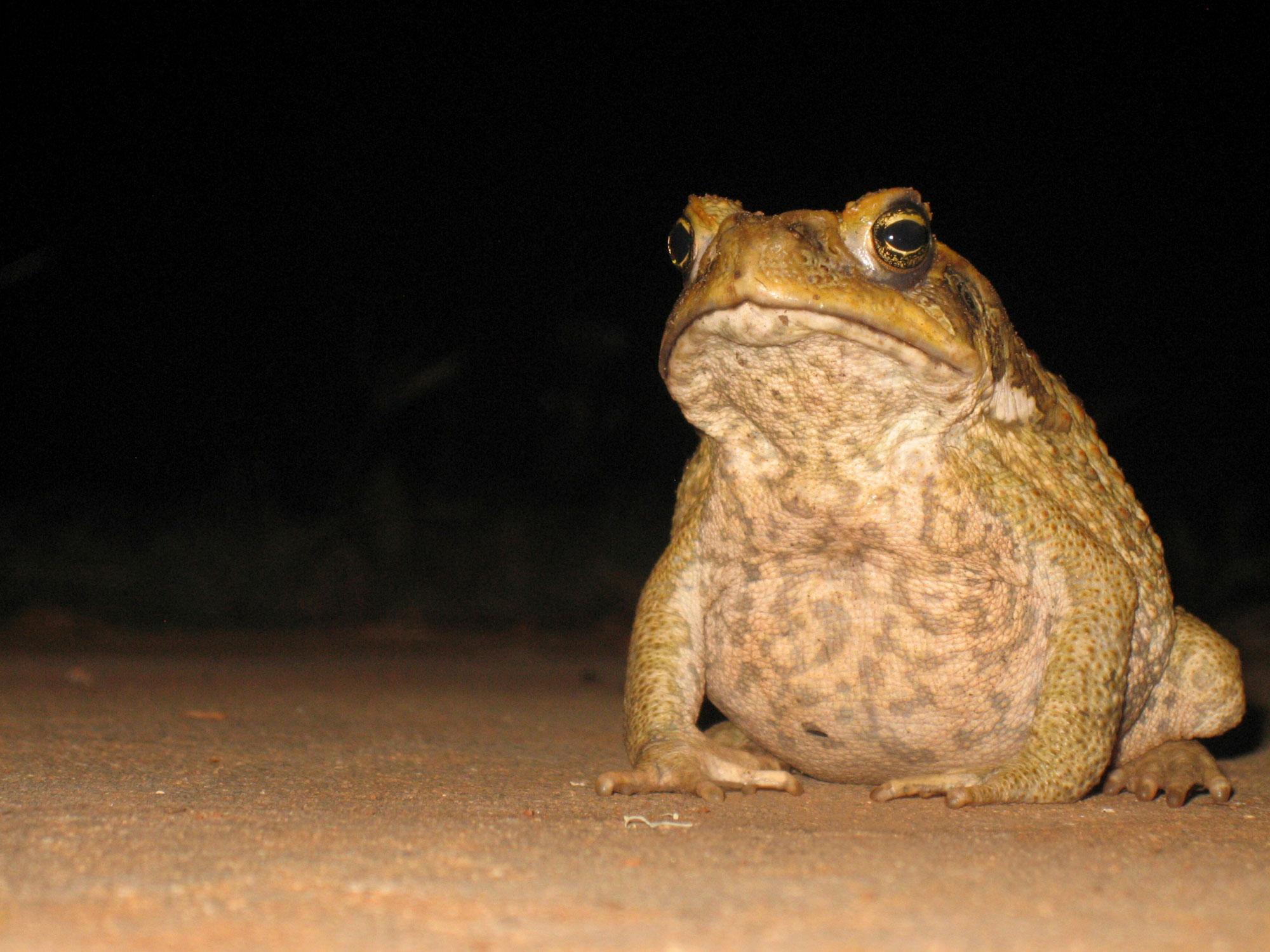
In 1788 the ships of the First Fleet brought many things that created environmental problems in Australia. These included cats, cows and prickly pear.
One problem that was brought to Australia much later than these is the cane toad. Cane toads have had, and continue to have, a huge impact on Australian landscapes.
Read the Defining Moment in Australian history 1935 Unstoppable, devastating pests — Cane toads introduced and answer the questions below.
Sugar cane is a plant that grows in hot and wet climates, especially in the north-east of Australia.
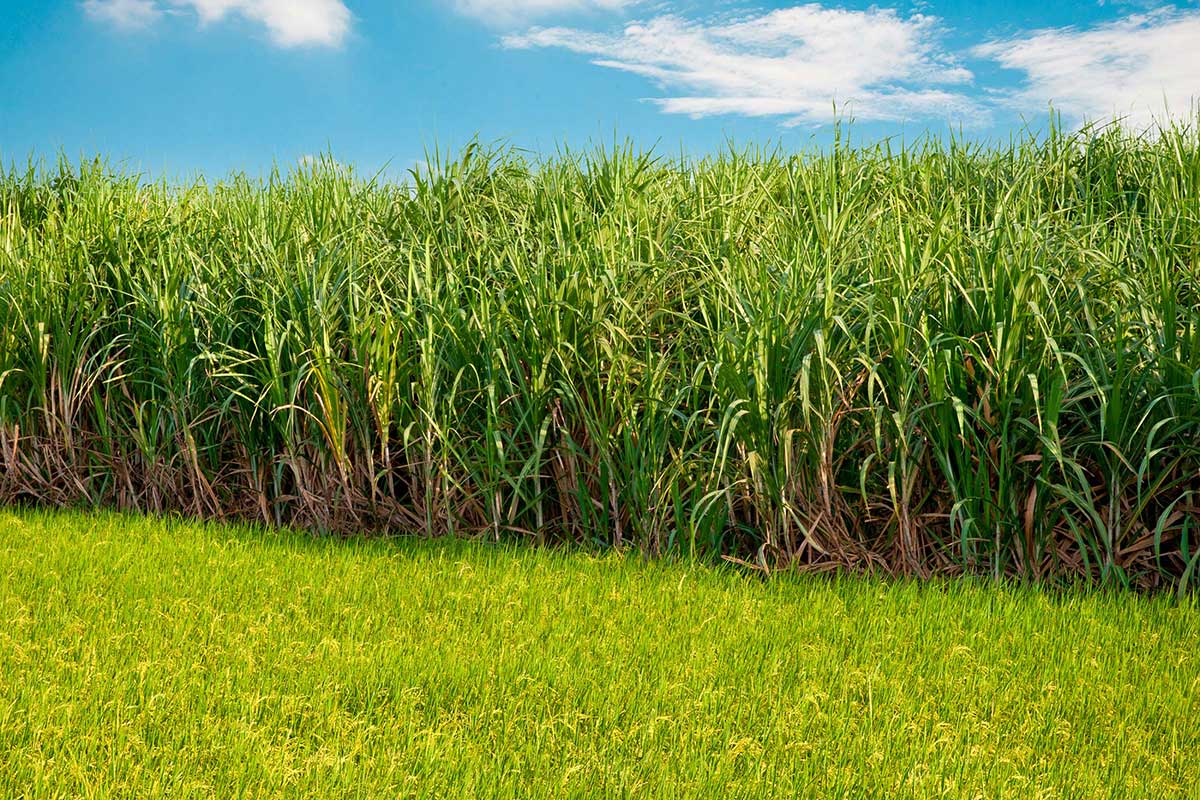
Look at this map showing the location of most of the sugar cane crops in Australia:
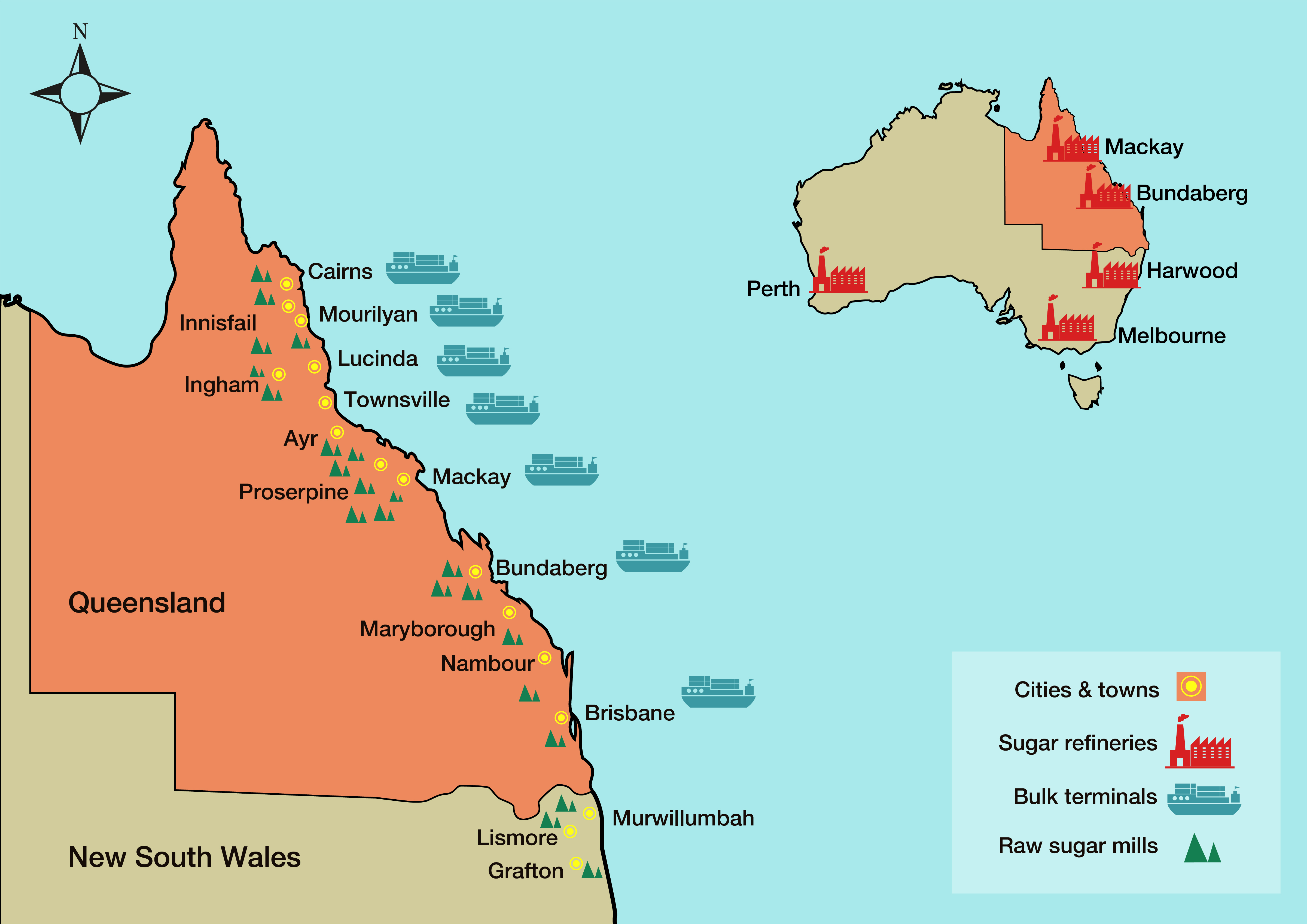
5. Which of the things listed below did planting sugar cane help create or develop? (There could be more than one.)
A native beetle thrived on the sugar cane, damaging the crops.
To overcome this problem, scientists introduced the cane toad as a natural predator of the cane beetle.
What is a cane toad?
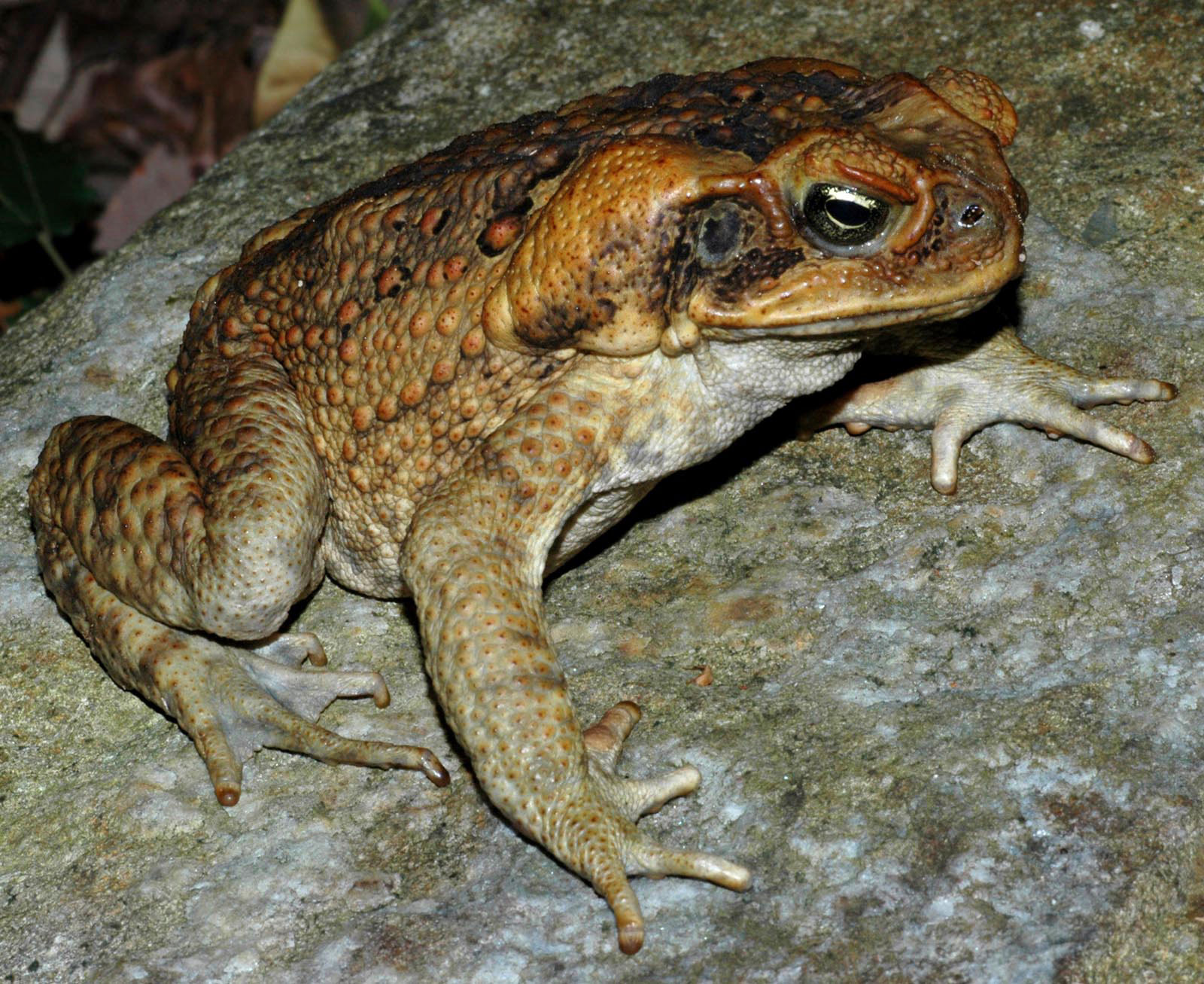
The cane toad is an amphibian that is native to South and Central America.
A fully grown cane toad is about 9–15 centimetres long and has dry, warty skin that may be grey, yellowish or reddish brown. It has a bony ridge from its eyes to its nose, leathery webbing between its back toes, no webbing on its front toes and large glands on each shoulder.
While there has been adaptation to the presence of cane toads, they are poisonous if eaten by native predators such as some snakes, lizards, goannas and quolls.
Here is a map showing the distribution of cane toads by 2008, and the areas where scientists expect the toads could spread to.
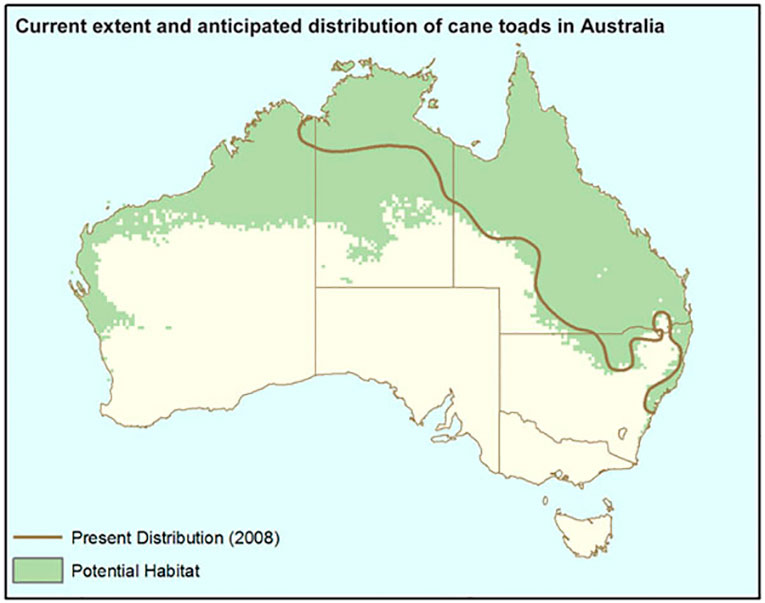
Here is a cartoon showing two introduced species in Australia, one of which has proven to be useful, and the other destructive.
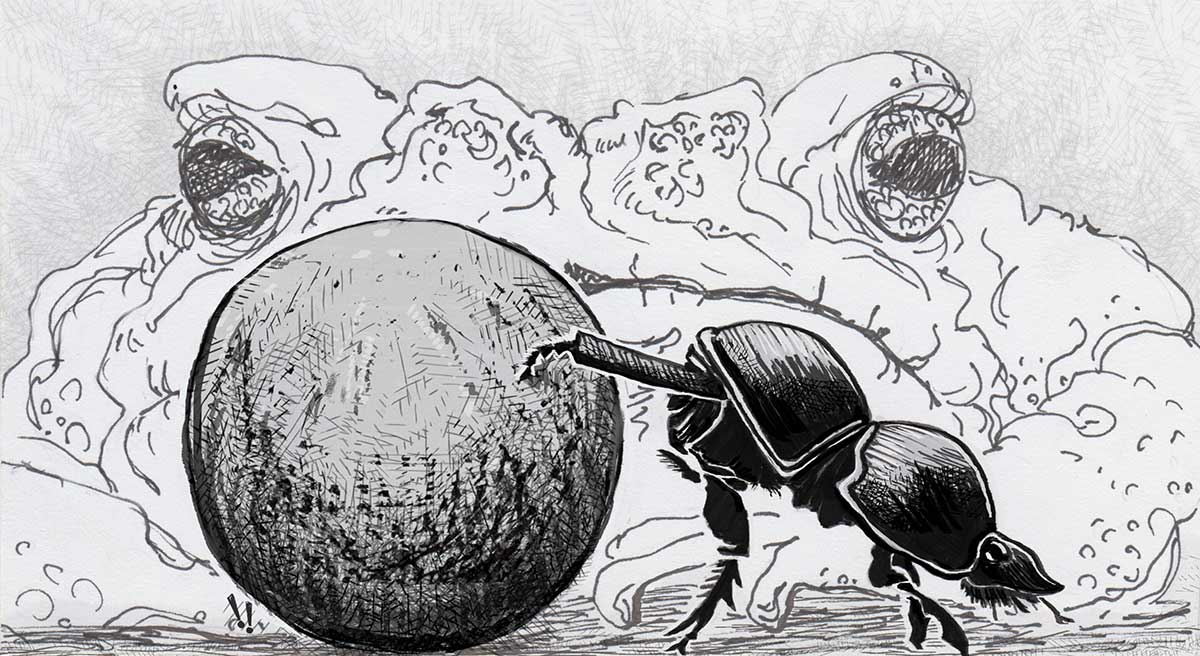
Conclusion
19. What does this case study help you understand about the way landscapes have been managed over time in Australia?






